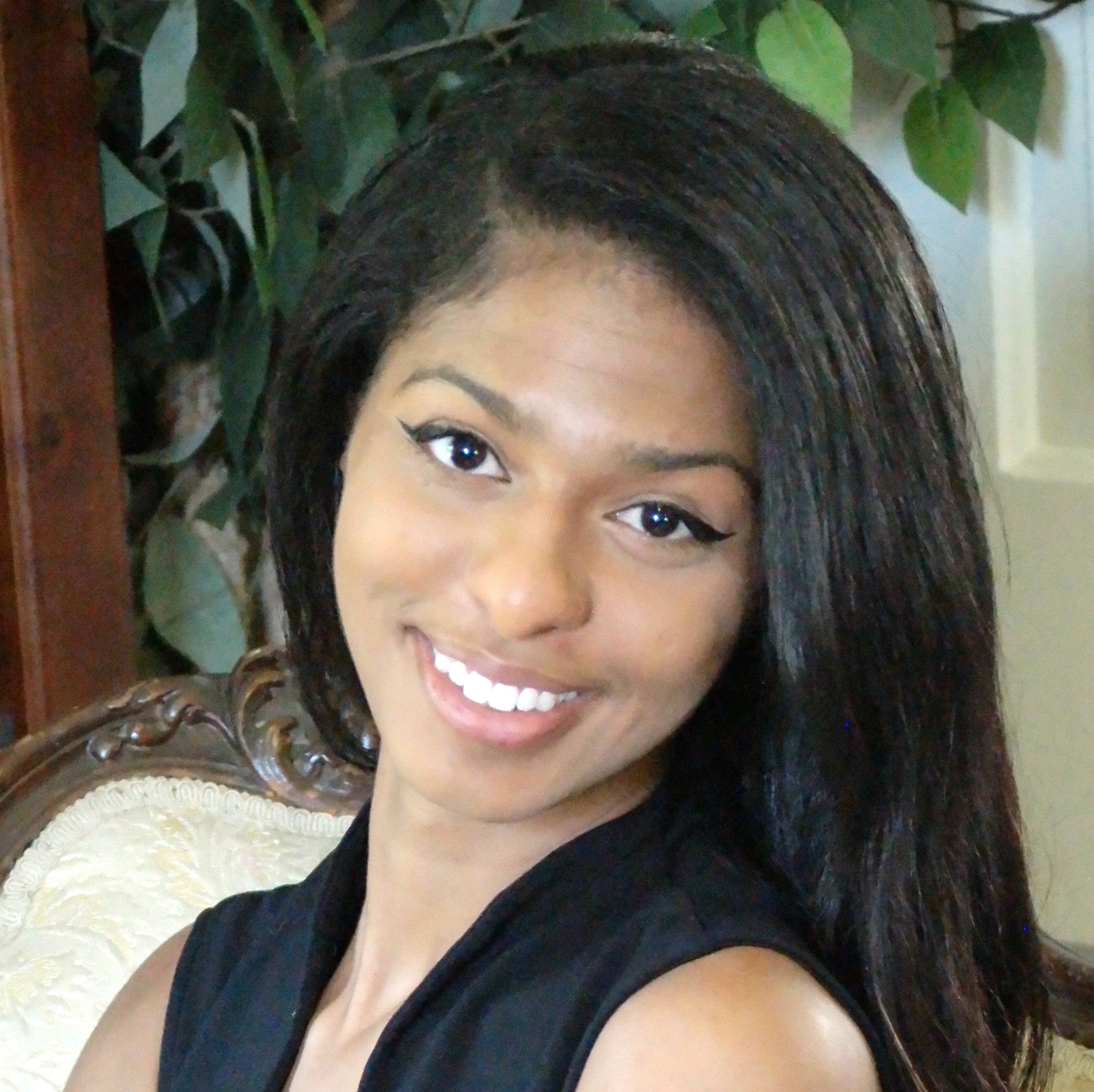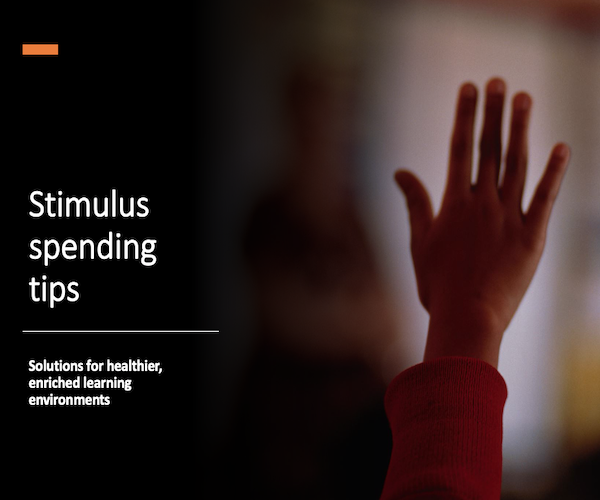
While officials everywhere push to reopen all schools, one group of Black high school students say they prefer online learning because they feel safer at home.
Tiera Tanksley, an assistant professor of equity, diversity and justice in education at University Colorado Boulder, polled the students in a virtual residency she taught for five weeks last summer through UCLA, and their answers may provide a renewed call to action for K-12 administrators.
“They said distance learning was stressful and they had depressive moments but being home was giving them a break from a lot of anti-Black racism they were experiencing in school,” says Tanksley, who did this research through the Connected Learning Lab at the University of California, Irvine.
The students, many of whom attended predominantly Black and brown schools, told her the challenges of online learning were simliar to the issues they faced during in-person instruction.
More from DA: Where discrimination outweighed benefits of integration
But being online, they could focus more on schoolwork because they didn’t have to worry about zero-tolerance discipline policies at school, institutional violence and being harassment.
One student told her that he is deeply stressed every day he drives back and forth to school, for fear of being pulled over by the police and the threat of police brutality, Tanksley says.
“He was relieved to be safe at home,” she says.
Critical role of a chat function
Like most students, those in Tanksley’s class still craved social connections. So, she intentionally built that into the online class, starting with heavy use of Zoom’s chat function—which the students were generally prohibited from using by their teachers at school.
The ability to make comments and ask questions in the chat during class helped create a true sense of community and a safe space, Tanksley says.
“We spoke in Black English and Spanglish, to show that they are valued,” she says. “They could share memes and personal stories, and they saw it’s OK to play around while learning.”
After the first few classes, Tanksley also allowed students to turn their cameras off so they didn’t feel the need to dress or sit a certain prescribed way.
“They found ways to interact with friends where they were not involved in a racism system,” she says. “Instead, this was a liberatory system where they could talk about things like Black lives and mental health.”
George Floyd protests provide safe space
One physical location that felt safe to her students last summer was the marching—while wearing masks—in protests over the fatal police shooting of George Floyd, Tanksley says.
More from DA: 5 practices for creating more equitable education
“They realized how powerful it was to be around Black people, and white and brown allies,” she says. “It’s not just about being around people, it’s about being around people in a certain space.”
To help Black and brown feel more comfortable at school, administrators and teachers should give these young people more input into how the system operates.
Superintendents and their teams can take steps such as connecting students with more mental health practitioners of color and inviting community activists to speak to classes and clubs, she says.
“We have to remember that students know best, especially when we talk about disenfranchised groups,” Tanksley says. “Student of color, low-income student and queer student are so acutely aware of how the system is or isn’t working.”









